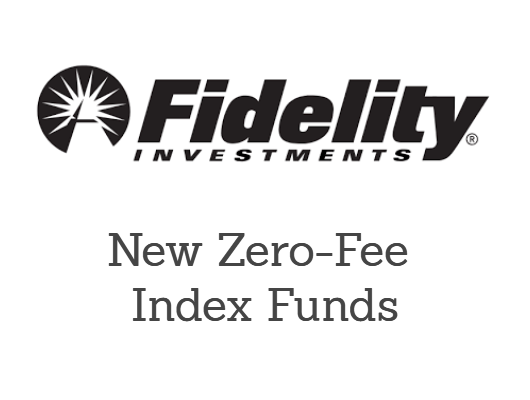There are many ways to look at a company’s valuation at the stock market. A large number of investors consider price-to-earnings ratio as an important tool in the assessment of cheap or expensive shares. The p/e ratio states how many times a year’s profit are paid for a share. The higher the ratio, the more expensive the shares. After all, investors need to wait for more annual profits to ‘earn back’ the invested amount of money. However, companies with high growth rates are likely to a strong increase in annual profits. When a company records 50% annual growth in profit, this year’s p/e of 20 will drop to 13.3 next year and 9 in the year thereafter. Future earnings are more uncertain and prone to one-off items. This makes a valuation purely based on p/e not ideal.
Another popular valuation method is the price-to-book value (or net asset value). For instance, famous investor Warren Buffet likes to say that buying shares below their book value is lucrative since you’re actually buying a company below their real value. Over time, the discount may well disappear and you got yourself a bargain. But also this valuation method has its flaws. If a company may face losses in the future, the book value will become lower. Currently, a large number of metals & mining companies have share valuations far below book value (see our article on Alcoa). This is because investors see the environment for these companies as challenging with future earnings under pressure, potentially weakening the balance sheet. Since this sector has relatively high capex, an extended period of losses drags the book value lower.
A potentially better way to assess the performance of a company is looking at the sales figures. Sales (or revenues) are much ‘cleaner’ than net income or profit since they are not affected by extraordinary items which artificially prop up or drag down earnings. In addition, a year with a loss distorts a p/e comparison. The price-to-sales ratio (market cap divided by revenue) could be a better way to see if shares are cheap or expensive. Especially for young companies, the p/s ratio can be a valuable alternative since these companies will face multiple year of losses before they reach profitability. But there’s an important factor to consider: margins. Companies which are able to record high margins will likely see higher p/s-ratios. Companies with very low margins, for instance retail, will see low a p/s-ratio. Retail is a volume driven business with low margins, so a low p/s makes sense. Take for instance Wal-Mart (WMT), which has a p/s of below 0.4. Technology has higher margins, and therefore higher p/s ratios. This doesn’t necessarily mean that these companies are expensive.
In the recent years, we had a large number of technology, internet and social media IPOs. Most of these companies are relatively young and therefore still loss-making. In addition, some of these companies are in new sectors with potentially disruptive ways of doing business. A book to value valuation doesn’t make a lot of sense, neither does p/e. Price-to-sales looks far more interesting, but we should take into account that sales are expanding at a rapid pace. Most of these newcomers show a high p/s-valuation, which is not really bothersome if these companies are able to record or even beat the forecasts in revenue growth. However, a number of companies which meet these criteria, like Yelp (YELP), Zillow (ZG), Pandora Media (P) and most notably Twitter (TWTR) became under pressure. Future revenues are surrounded by uncertainties. Analysts are worried that Twitter isn’t fully capable to extract revenues from its client base, which in addition could have peaked.
Let’s take look at three high-profile names which show an elevated price-to-sales ratio: Netflix (NFLX), and Facebook (FB). All three names have unique positions in the market and a disruptive business model. Valuations are elevated measured at the current financials, but will this still be the case in the future?

When Netflix and Twitter are able to meet the sales expectations for the next five years, the p/s-ratios don’t look exceptionally high (Mcap on the right of company name). But these figures make clear how important it is for the companies to show strong revenue growth. Netflix is expanding in new countries which may drive revenues in the future. Twitter could find ways to tap sales from its clients. Facebook is intensifying its search finding rewarding advertising models. But even when the company is able to meet analysts’ expectations, the price-to-sales ratio in 2019 looks very high. Even when Facebook can show above-average margins, paying 7-8 annual sales in five years from now looks expensive.
When paying multiple times annual sales, investors should make sure future revenues are set to expand at high growth rates. Also margins should be high and the company in question should be able to maintain these margin levels. During earnings announcements, the current bottom line is less interesting compared to ways to extract income from future sources of revenues. As with other indicators, be careful when assessing a share based on its price-to-sales ratio.


